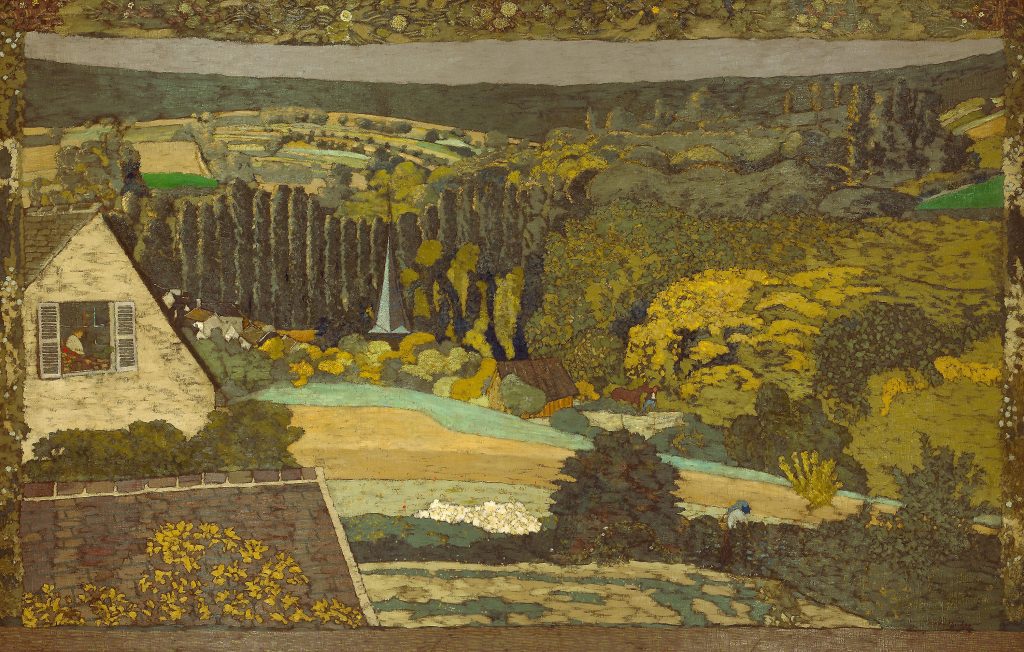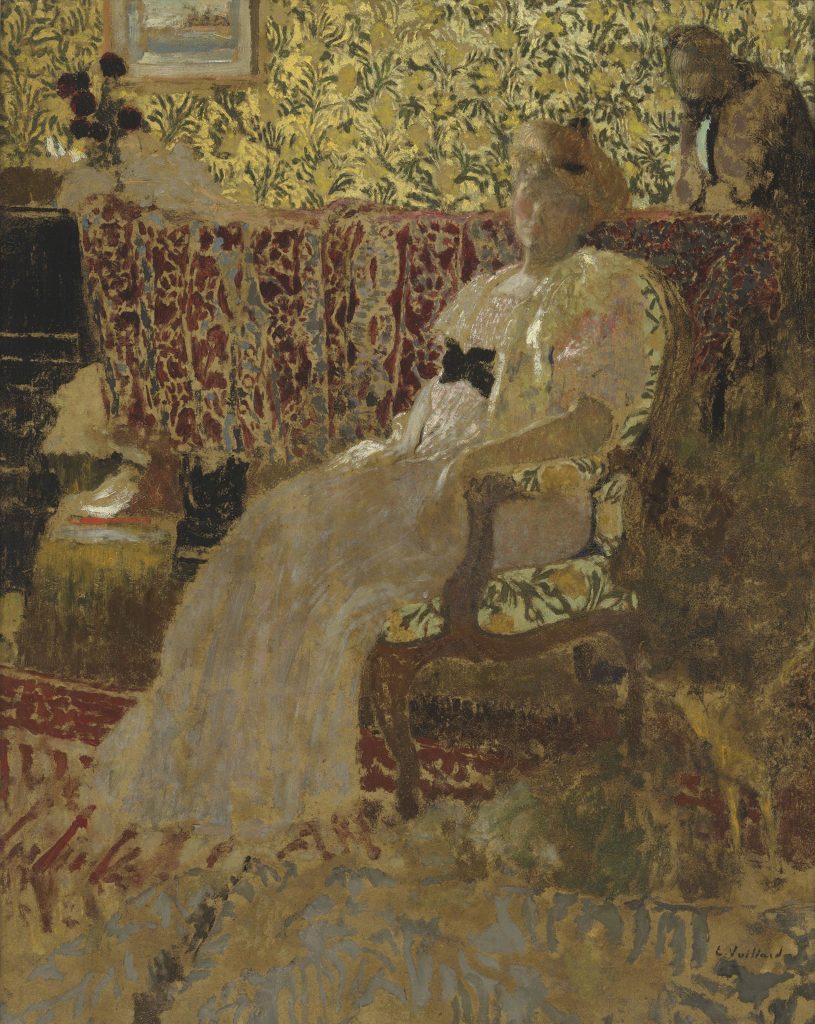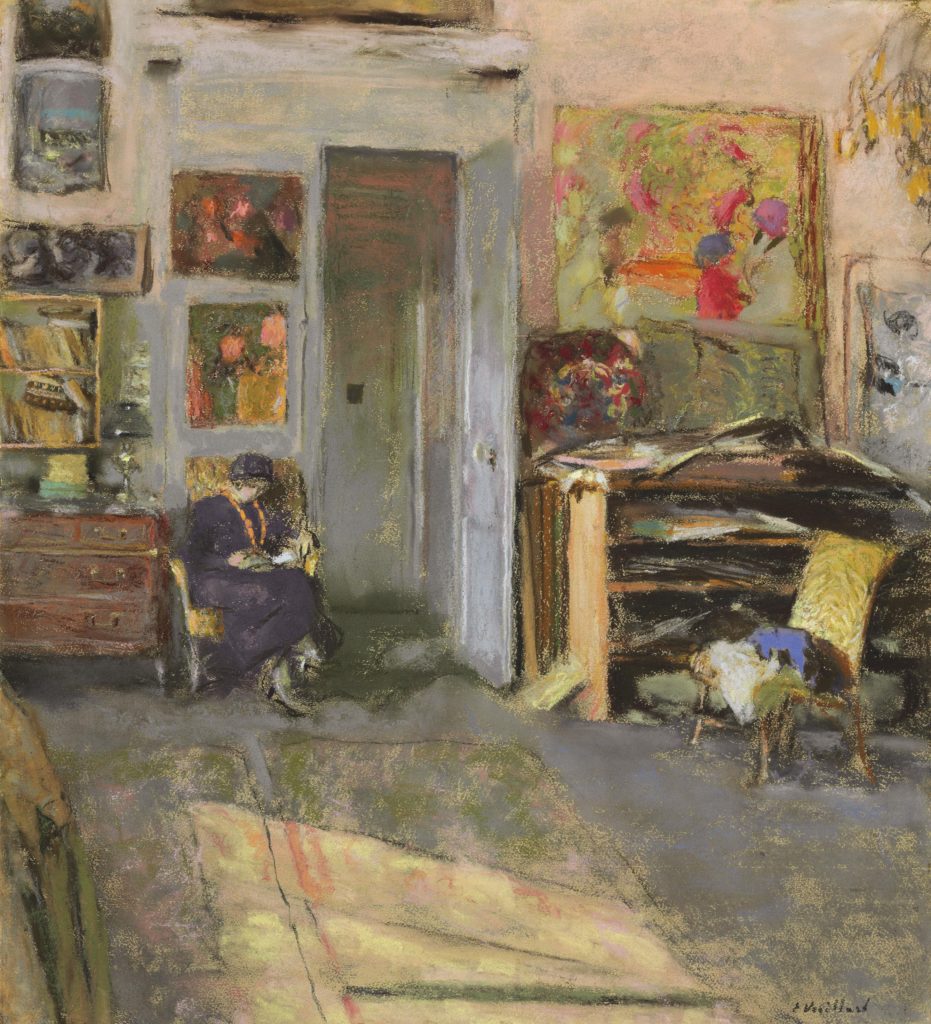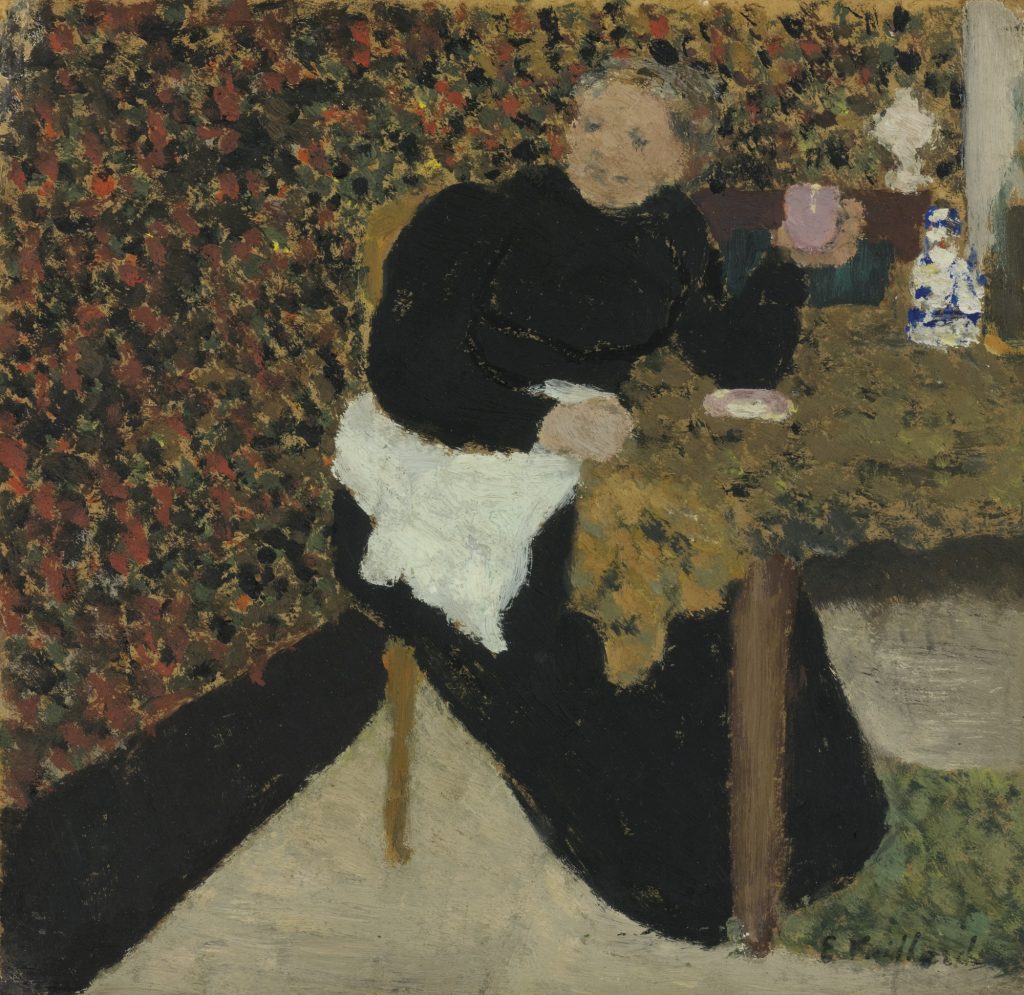Ferdinand Hodler – The Painter Who Revolutionized Swiss Art
Ferdinand Hodler was one of the principal figures of 19th-century Swiss painting. Hodler worked in many styles during his life. Over the course of...
Louisa Mahoney 25 July 2024
Jean-Édouard Vuillard was a French painter and decorator who was active in Paris at the turn of the 20th century. He distinguished himself for his scenes of Parisian domestic life depicting intimate and crowded interiors. Although Vuillard never married, three women would have a profound impact on his artistic career.
Vuillard had obtained an education in fine arts at the Académie Julian and the École des Beaux-Arts but later he rejected the rigidity of traditional art forms and in 1889 became a co-founder of Les Nabis movement along with Pierre Bonnard and Maurice Denis.

Although Vuillard never married, three women would have a profound impact on his artistic career; his mother, Misia Natanson and Lucie Hessel. A fourth woman, Lucie Belin, would also make a noteworthy place for herself in Vuillard’s life.

Les Nabis were pioneers of a new art movement that shattered the existing conservative artistic norms of the Renaissance. They found inspiration in the works of Paul Gauguin and sought to harmonize color and form with a naturalistic approach. Ironically in about a decade, with the advent of Cubism, Futurism, and abstract styles in Europe, the approach of the Nabis artists came to be deemed as conservative.

Vuillard’s works betrayed his shy demeanor. His reserved personality was undoubtedly infused in his painting. The sense of calm and quiet domesticity is evident in his muted color schemes and compositions. As the son of a dressmaker, Vuillard was profoundly inspired by fabrics and his works give the impression of being a tapestry, complete with a decorative border and matte finish.

Vuillard lost his father at the young age of eleven and was raised by his mother. Along with his sister Marie, Vuillard spent his childhood surrounded by seamstresses from his mother’s dressmaking studio in Paris. He lived with her for the remainder of her life and she was the subject of many of his paintings.

Vuillard’s career was catapulted by the patronage of important Parisian banker Adam Natanson. The Natanson’s were prominent figures in French society and Vuillard’s had gained the personal friendship and the admiration of Natanson’s son Thadée and his wife Misia. Thadée was a steadfast supporter of the Nabis artists and Misia hosted an art salon in Paris. Vuillard was offered a window to their exotic Bohemian lifestyle and this relationship exposed the young artist to French society. It resulted in significant commissions for Vuillard along with an unrequited captivation with the sensual Misia Natanson.

Misia was a pianist of Polish descent and a friend and muse to many artists. She was painted in various settings by artists such as Pierre Bonnard and Pierre-Auguste Renoir. Vuillard was utterly enthralled by her and remained devoted to her until the time Misia left Thadée for the wealthy publisher and journalist Alfred Edwards.

Soon after Vuillard’s relationship with the Natansons came to an end, Vuillard became acquainted with prolific Swiss art collector, Jos Hessel and his wife, Lucie. Lucie Hessel had a radiant personality and would become the subject of many paintings over the next four decades. Jos and Lucie became a surrogate family for Vuillard, and Lucie replaced Misia as his muse and patron. The two became lovers and stayed close until his demise in 1940.

Vuillard was briefly involved with an aspiring actress, Lucie Belin. She featured in many of Vuillard’s paintings and photographs, and the closeness of the pair was evident in his portrayal of her. Unfortunately, Belin did not succeed as an actress and later in her life also suffered from ill-health. Although their relationship came to an end by the time her health failed, Vuillard discreetly provided for her until her demise.

Towards the later years, Vuillard adopted a more luminous style inspired by Impressionism. His work, however, continued to retain the flat quality of Nabis works. Tremendous details are known about his life through his meticulous journal-keeping, a custom that he continued to maintain until he died in 1940. His writings are cherished as an immeasurable record of art history in the early 20th century and of Les Nabis movement.

DailyArt Magazine needs your support. Every contribution, however big or small, is very valuable for our future. Thanks to it, we will be able to sustain and grow the Magazine. Thank you for your help!